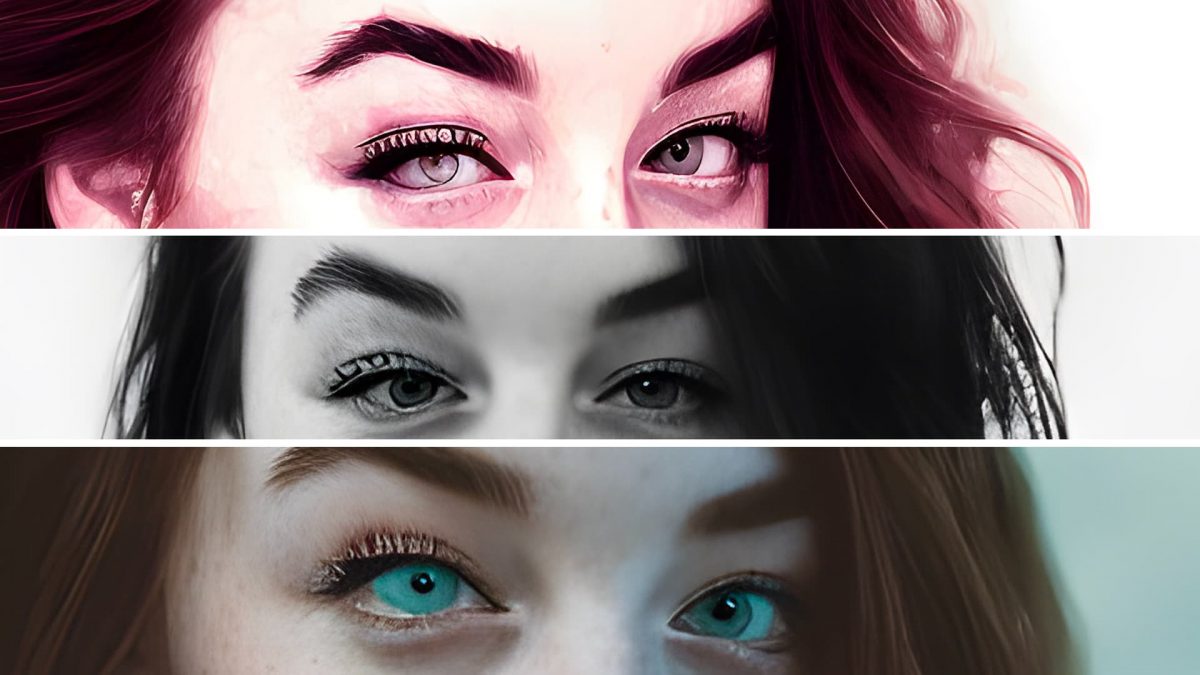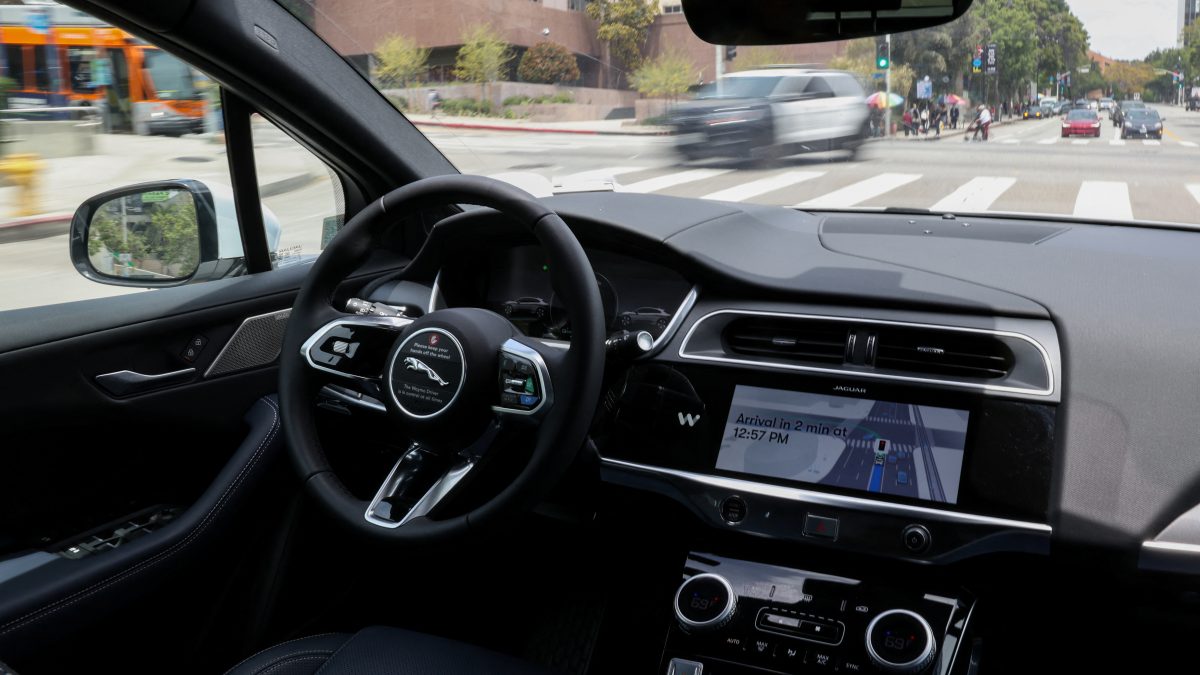Considering just how good certain AI models have become in generating images, and how often threat actors use AI tools to scam people, spotting the difference between real and AI-generated faces is becoming a big challenge.
These AI tools are getting so good that it’s hard to tell what’s real and what’s not. This problem is especially concerning because fake faces can be used to deceive people. Researchers at the University of Hull in the UK think they’ve found a clever way to spot these AI fakes by looking closely at the eyes.
Most existing tools and techniques for identifying AI-generated faces don’t always work perfectly. But this new method focuses on the eyes, specifically the light reflections on the eyeballs. It might sound a bit like science fiction, but the researchers are using tools that astronomers originally designed to study galaxies to help with this.
The idea is pretty interesting. AI can create faces that look incredibly real, down to the tiniest details like dimples and skin tone. But the eyes often give away that a face isn’t real because the light reflections in the eyeballs aren’t quite right. The researchers’ technique involves comparing the light reflections in the left and right eyeballs. If they match up, the face is likely real. If they don’t, it’s probably a fake.
Using astronomy tools, the researchers can automatically measure these reflections and compare them. It’s a neat trick – using something designed to study stars and galaxies to figure out if a face is real or not.
Impact Shorts
More ShortsHowever, this method isn’t perfect. For it to work, you need a clear, close-up view of the eyeballs. Sometimes, even real human faces can have inconsistencies in their eyeball reflections, which means they might be incorrectly flagged as fakes. Plus, as AI technology improves, it might get better at creating consistent eyeball reflections, which could make this detection method less effective.
The researchers themselves admit that their technique isn’t foolproof. There will be times when it gets things wrong, either by missing a fake or by wrongly identifying a real face as fake. And as AI keeps getting better, this method might not always work as well as it does now.
Despite these challenges, the University of Hull’s new approach offers a promising way to tackle the growing problem of AI-generated faces. It’s a creative use of technology from a completely different field, and it represents a step forward in our efforts to keep up with the rapid advancements in AI. It might not be a perfect solution, but it’s a significant step in the right direction.


)

)
)
)
)
)
)
)
)



